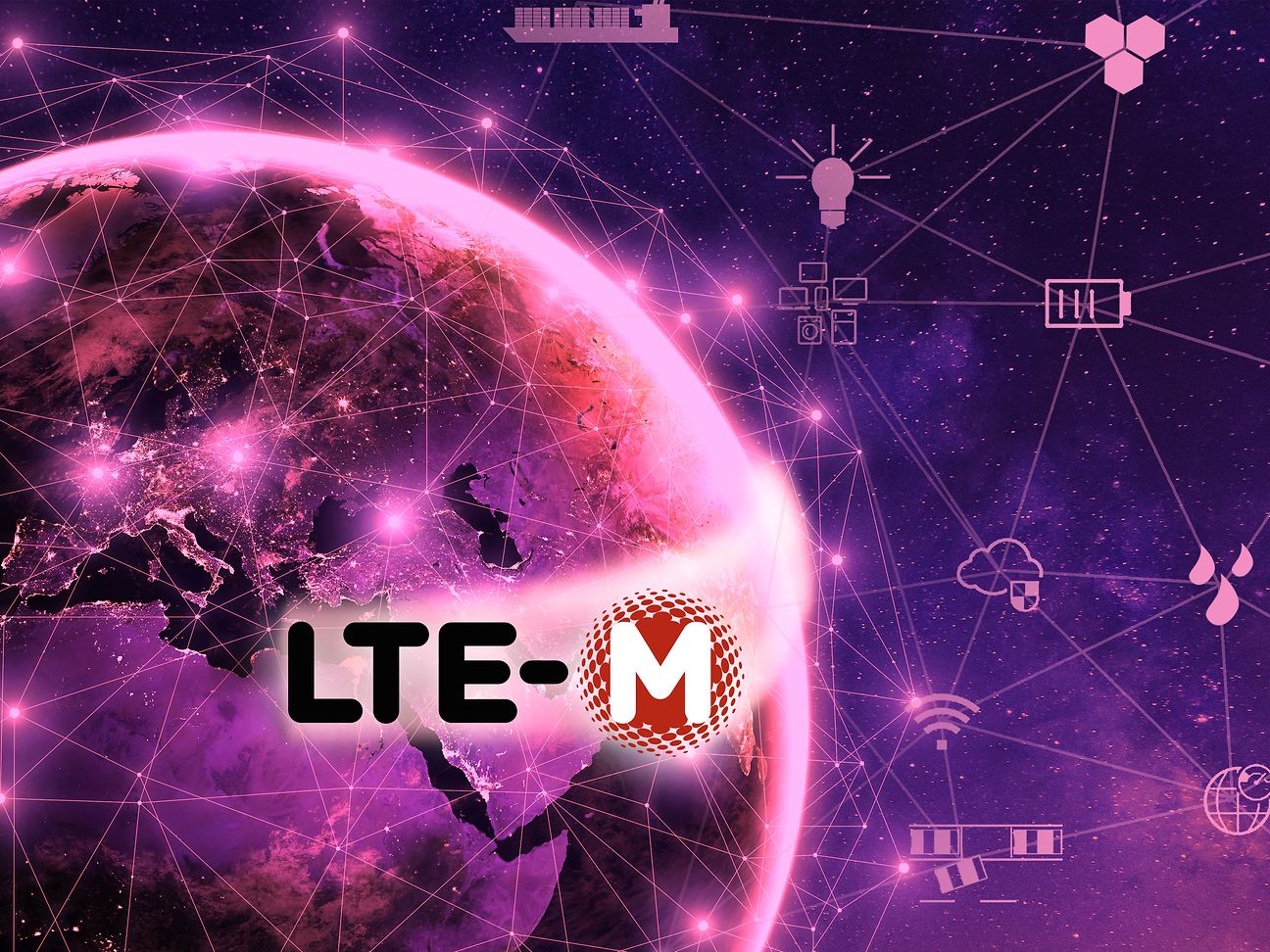Easy & simple: LTE-M
Long Term Evolution for Machines (LTE-M) is a wireless connectivity technology that brings the Internet of Things (IoT) alive. It caters for a wide variety of mobile IoT applications, including Smart City services, asset tracking, wearables, and E-health solutions.
LTE-M, which stands for Long Term Evolution for Machines, is one of two standardized connectivity technologies based on 4G that enable mobile IoT solutions. The other one is
, or Narrowband for the Internet of Things. Both connect the physical objects around us – from streetlights and parking meters to shipping containers and vending machines – wirelessly to the Internet through sensors. This sensor network of billions of smart devices connects people, systems and other applications to collect and share data. Which one of these two network technologies is used in the end depends on the specific requirements of the mobile IoT solution and on the country or region it is going to be deployed in.
Like NB-IoT, LTE-M is specifically designed for mobile IoT connectivity. Connecting things to the Internet, which is what the Internet of Things – or IoT – is all about, has become an important trend in all areas of our lives. Doing so wirelessly opens up even more possibilities for all sorts of exciting applications. Solutions based on LTE-M are cost-effective because it supports low-cost modules and provides a long battery lifetime of the connected devices. When compared to NB-IoT, LTE-M offers higher data rates, lower latency and connected mobility (i.e. the ability of a technology to do handover between cells). At a later stage, LTE-M may also support Voice (VoLTE). This feature can be used for example with smart watches or for security solutions where emergency calls in elevators or cars can be triggered. Its indoor coverage surpasses substantially that of standard GSM technology and expected battery life are nearly as good as that of NB-IoT.
LTE-M can be used in many applications
With these characteristics, LTE-M can be used in many applications. Deutsche Telekom has already developed innovative solutions across several industry sectors jointly with its partners, most notably in the areas of Smart City, Wearables, E-Health and Smart Tracking. Neebo in the UK, for example, has created a miniature wearable so small it can be placed around a newborn baby’s wrist and monitor his or her vital signs. The Dutch company Babbler has developed a high-value industrial asset tracking solution. It tracks cargo containers over long distances and connects them to security alarms to alert for theft or damage. Security is also the focus for Inshoerance in Germany, who have invented smart insoles with a built-in alarm sensor which can be activated by tapping your feet together.
LTE-M is also easy to deploy: As the technology is based on the LTE 3GPP standard, it is 5G-ready and only requires a software update in the existing network. Many operators in countries across the globe have started to introduce NB-IoT first and now plan to roll out LTE-M as well. In others, including the US, The Netherlands, France and Japan, LTE-M was the technology of choice for some operators before NB-IoT introduction. It is expected that most operators will eventually offer both technologies as part of their mobile IoT strategies. In 2019, Deutsche Telekom will begin to roll out LTE-M in several of its European markets. The company’s NB-IoT networks are already live in nine of its European markets and the United States.
